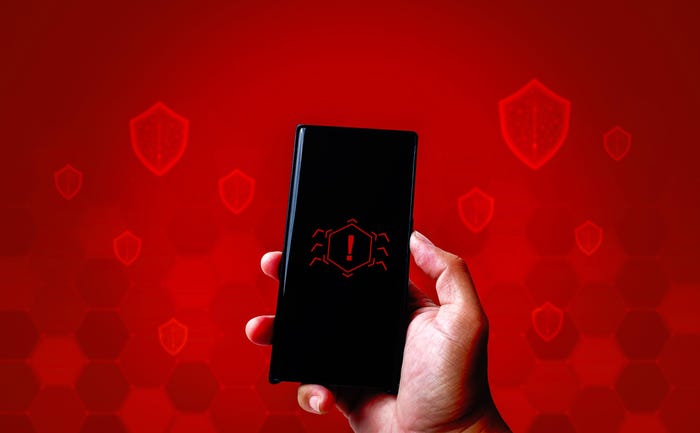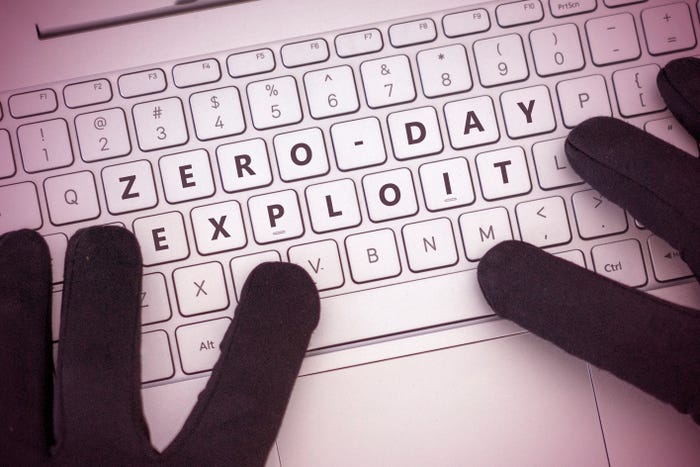News
A bunch of cards for learning Chinese characters
Endpoint Security
Chinese Keyboard Apps Open 1B People to EavesdroppingChinese Keyboard Apps Open 1B People to Eavesdropping
Eight out of nine apps that people use to input Chinese characters into mobile devices have weakness that allow a passive eavesdropper to collect keystroke data.
Keep up with the latest cybersecurity threats, newly discovered vulnerabilities, data breach information, and emerging trends. Delivered daily or weekly right to your email inbox.









.jpg?width=100&auto=webp&quality=80&disable=upscale)

































